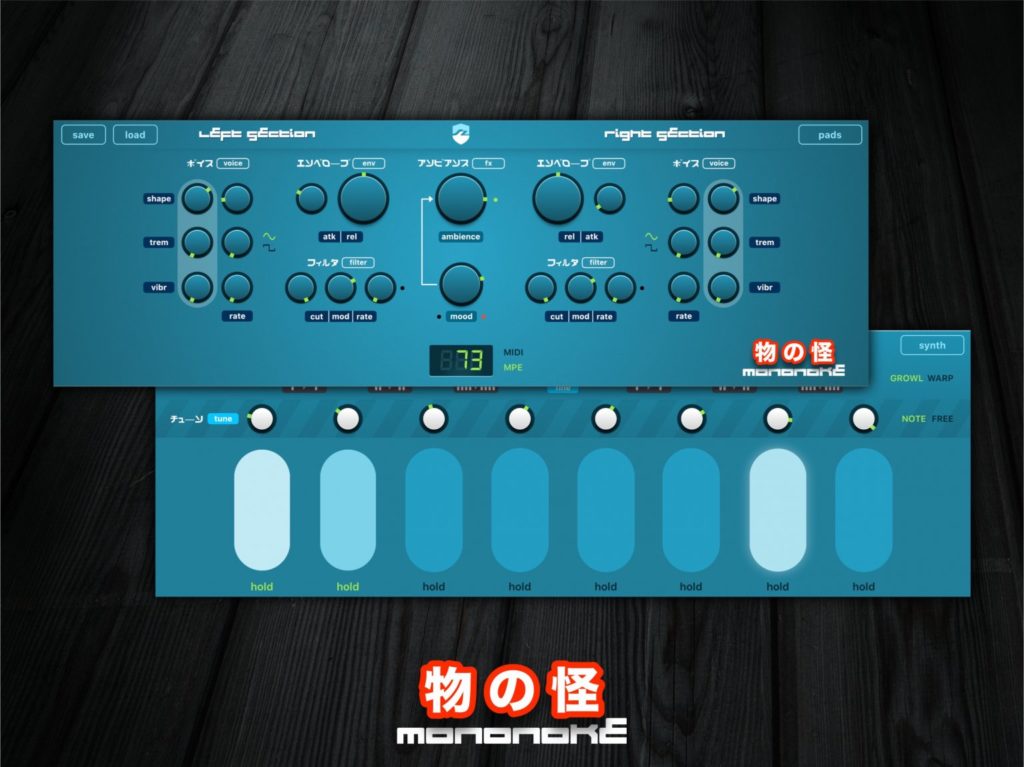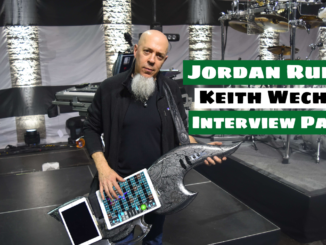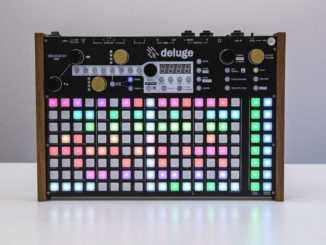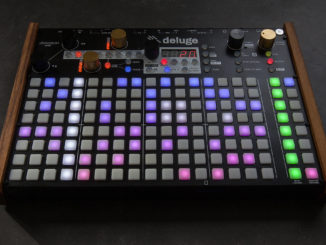Ruismaker has introduced Mononoke, a new two-part multitimbral Synthesizer specially design for lush soundscapes and textures.
Mononoke is another lovely app from the developer of Noire drum machine, Rozeta MIDI plugins and more. This time, Bram Bos designed a true soundscape and texture Synthesizer with a 2 part multi-timbral sound engine with 8-voice of polyphony.
Each layer has its own engine with independent simple controls and interconnected LFOs. Mononoke can create a wide range of drones, textures and more. Important here is that this is not another bread-and-butter Synthesizer but a unique instrument for iOS with AUv3 support.
Features
- Audio Unit (AUv3) plugin.
- 8 voice polyphony, 2 independent engines with 4 voices each.
- Compatible with MPE (MIDI Polyphonic Expression) and MIDI.
- MIDI Input and Output (only available when used as an Audio Unit plugin).
- Limited standalone mode for jamming (full screen, no connectivity).
- 8 independently tunable performance pads for expressive interaction.
- Universal, fully scalable to any screen size, supports fullscreen mode in AU hosts.
- Freely tunable voices, or quantized to semitones (with overall finetuning).
- iOS10 (MIDI/MPE output from the plugin requires iOS11) or higher.
Ruismaker Mononoke is available now from the Apple App Store for $8.99 USD.
More information here: Ruismaker





Thanks for pointing out that it’s not a typical synth. Since it came out, some people have been expressing dissatisfaction based on a perception which, to those of us who enjoy drone music, is misled.
This is a dronesynth. It works really well for droning. The independent control makes a lot of sense in the context of MPE controllers, yet it sounds more like a case in which Bram found out the same thing that MPE players have found: we need this kind of independence between notes. In fact, the per-note sustain is really clever and could become especially useful with other synths.
As for what this synth does, some of it can be confusing because patches don’t differ too much when you play it one pad at a time. It’s really the interplay between pads (through feedback) that the synth starts making the most diverse sounds.
It’s already been updated twice since the initial release. Because, #BramBos.